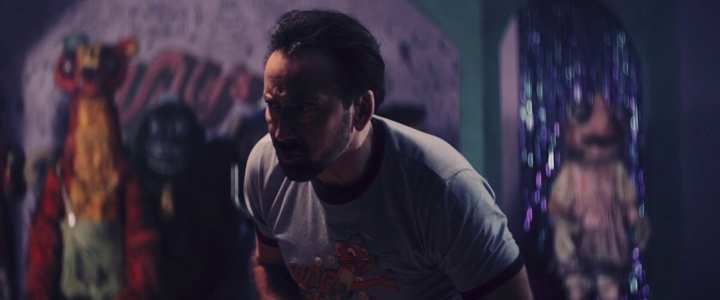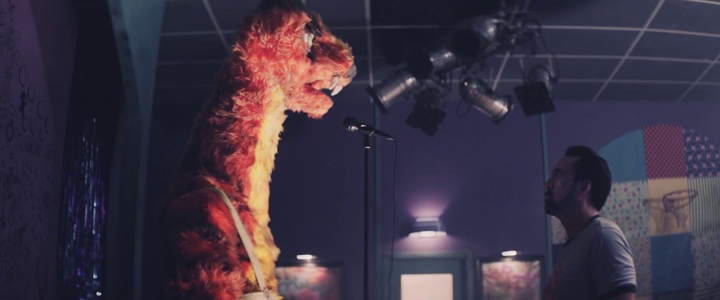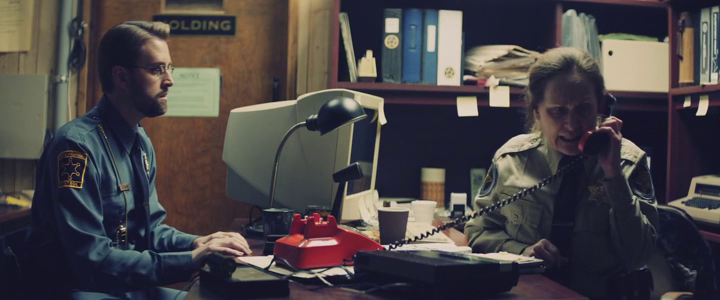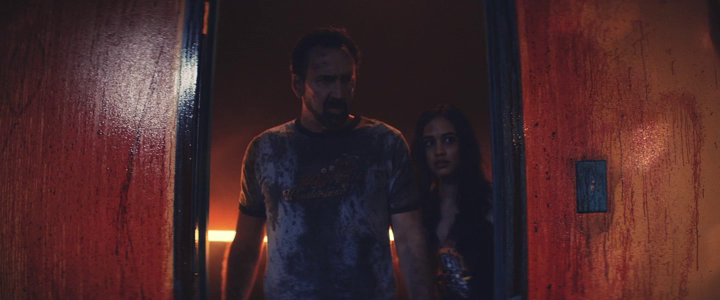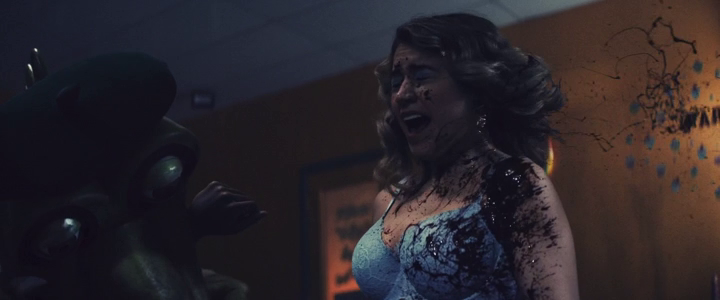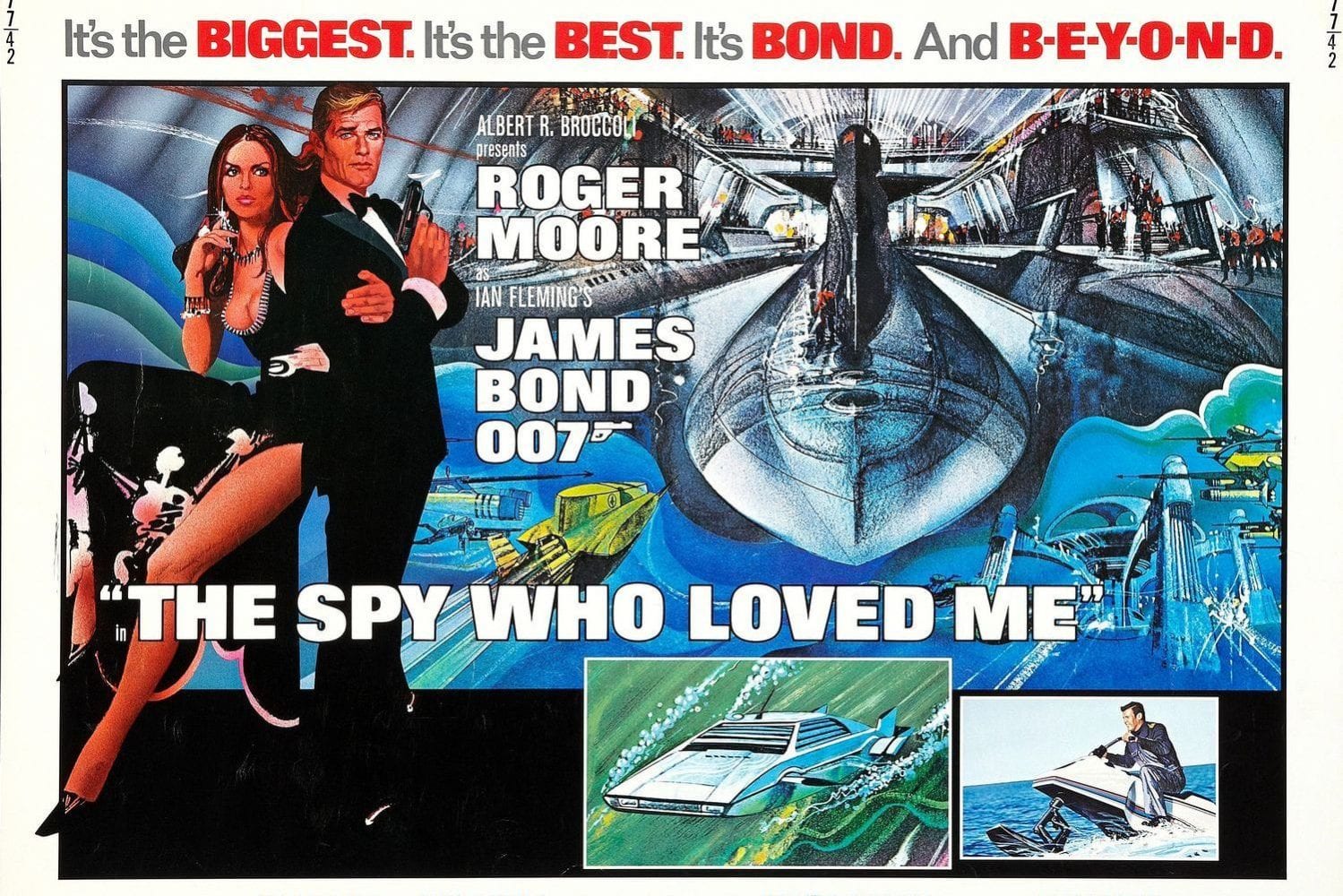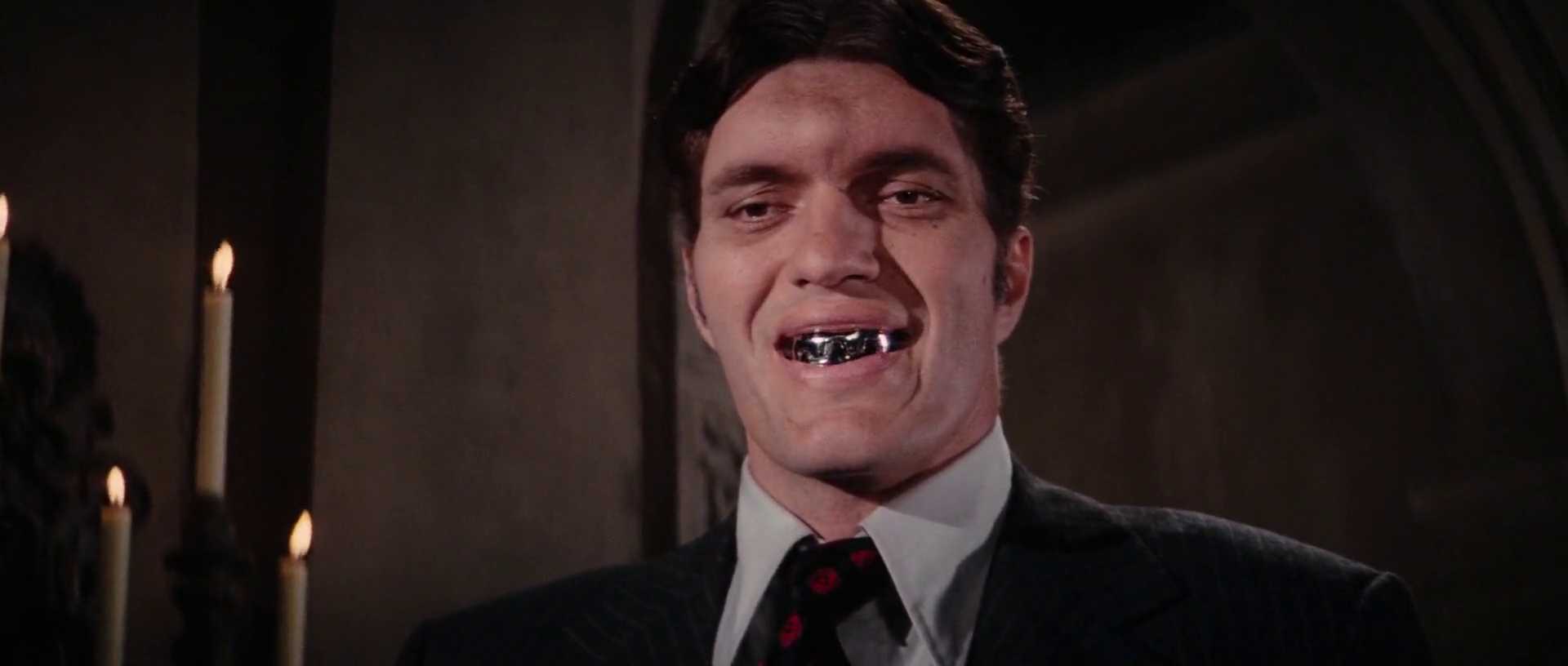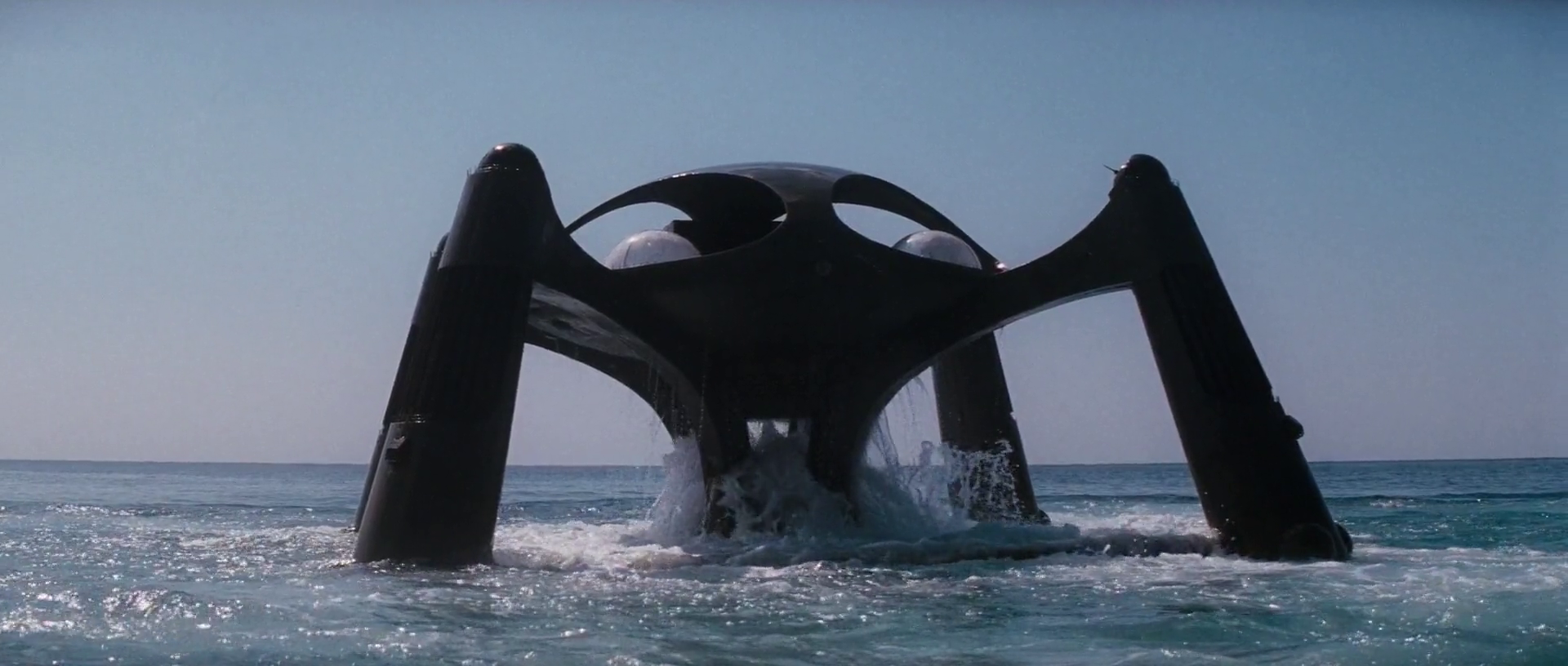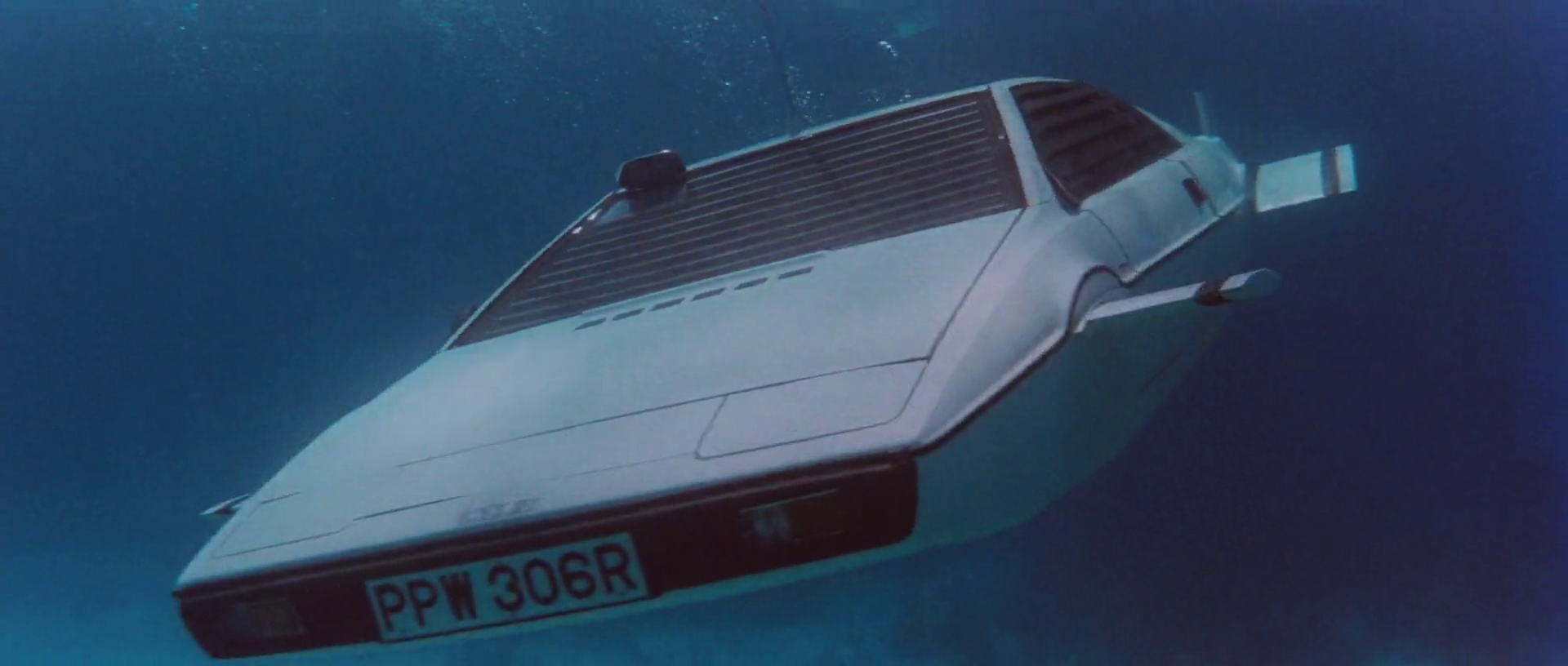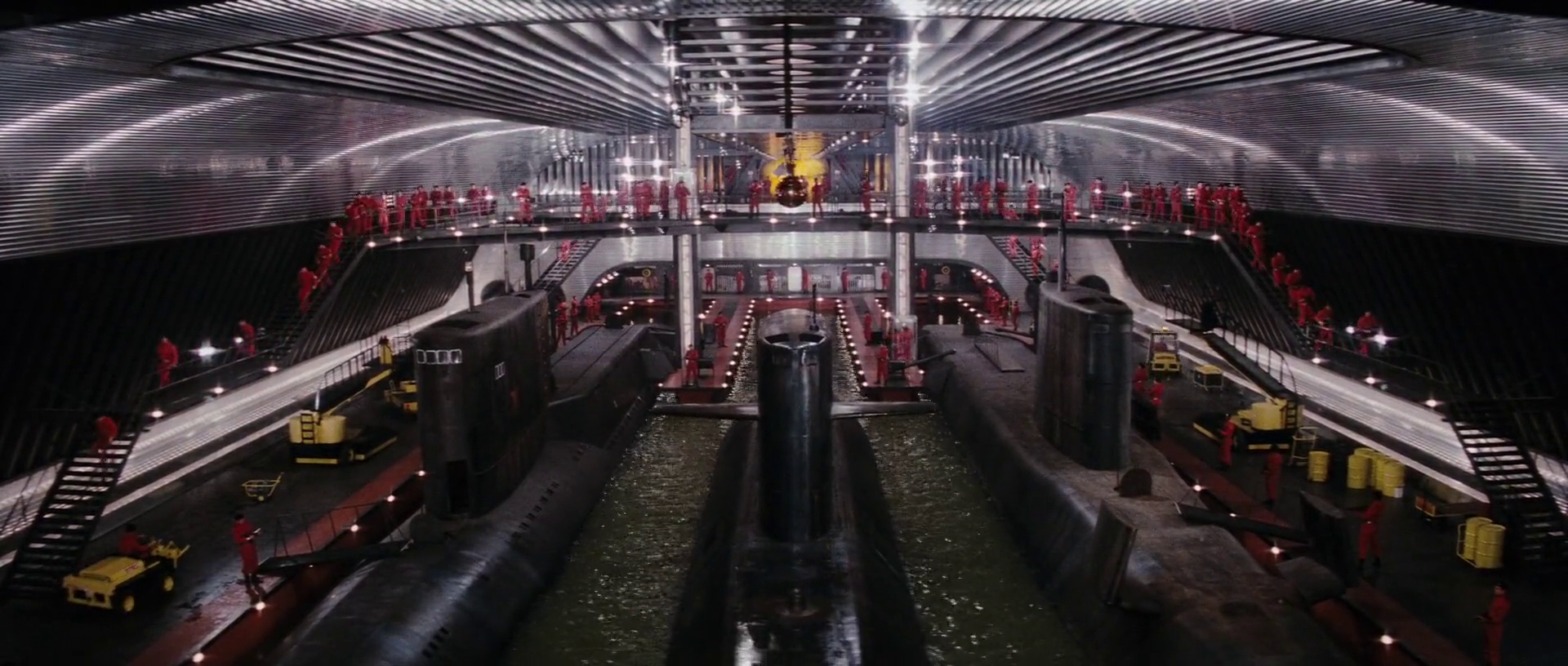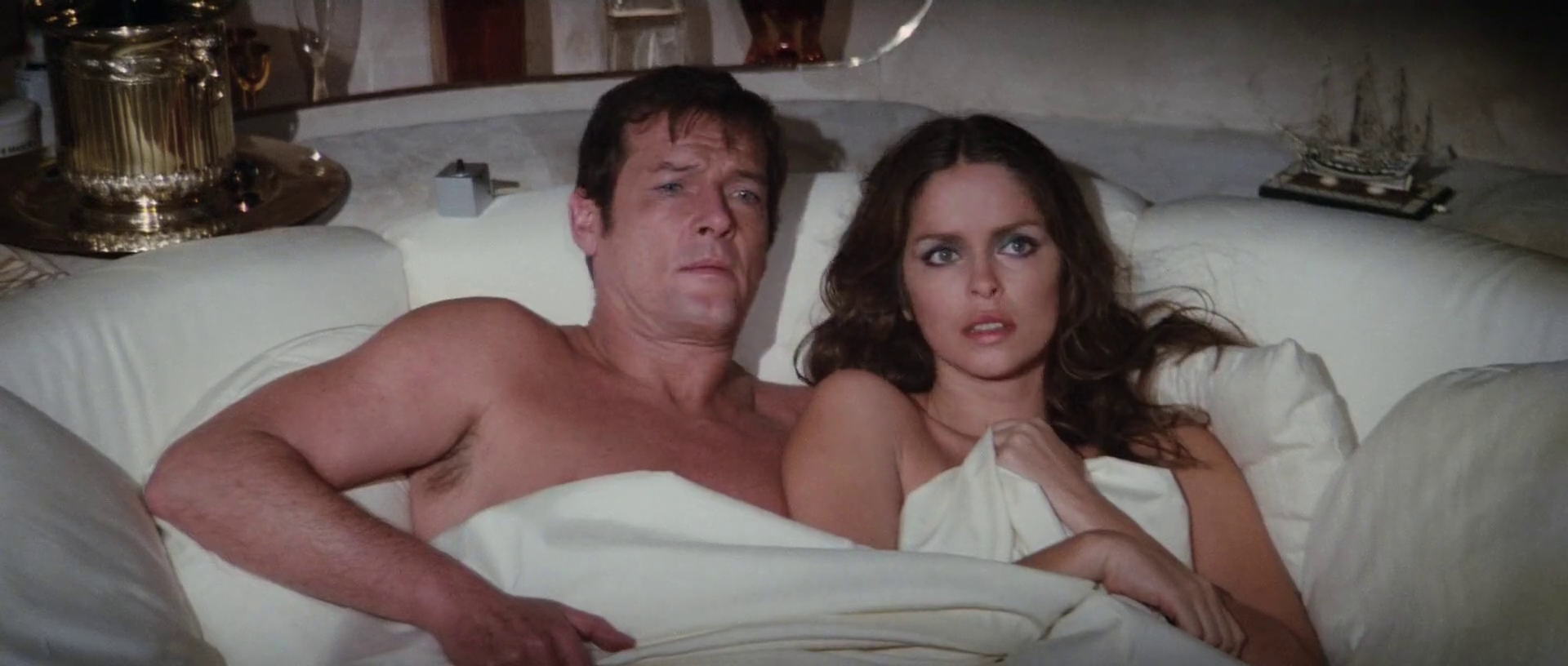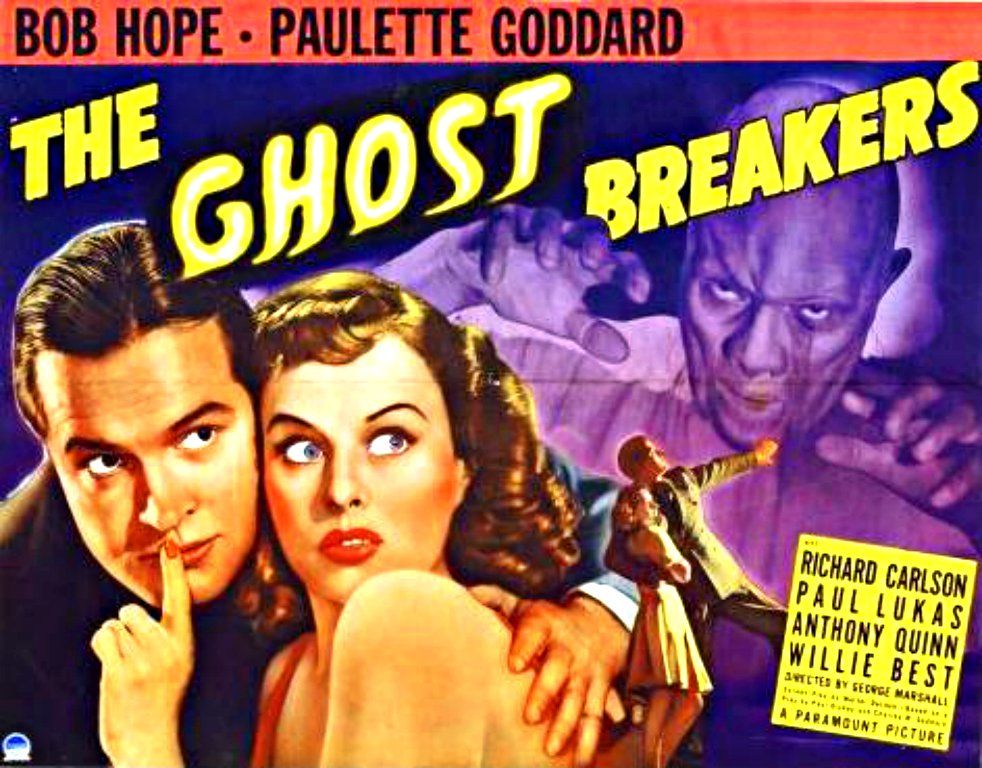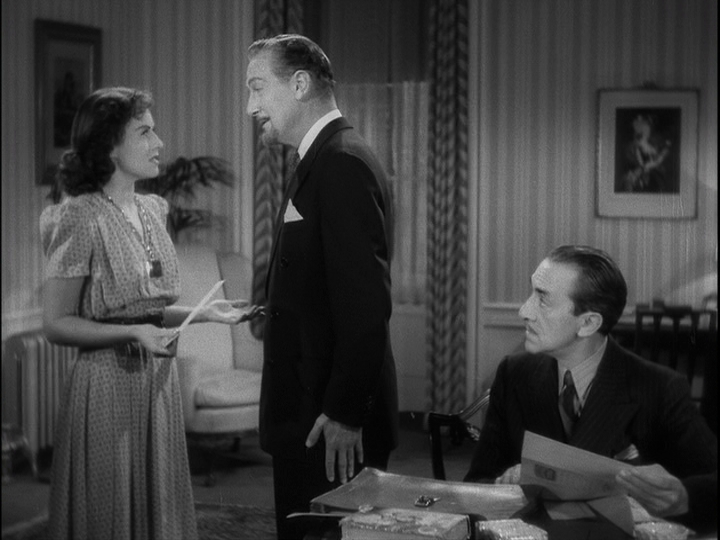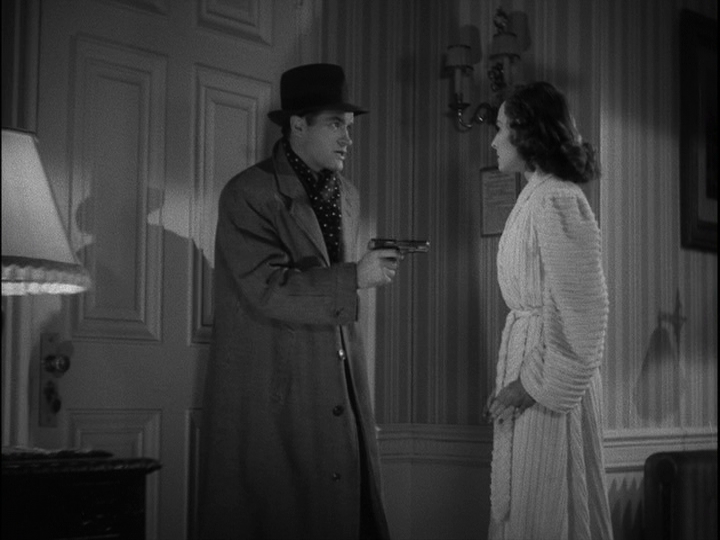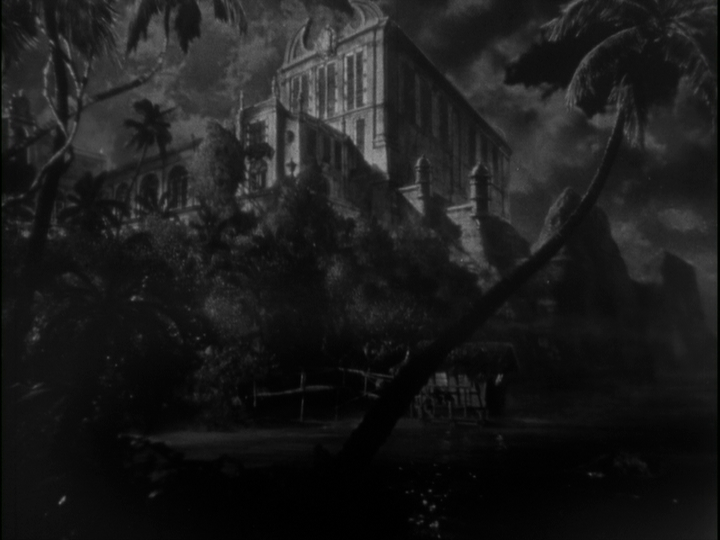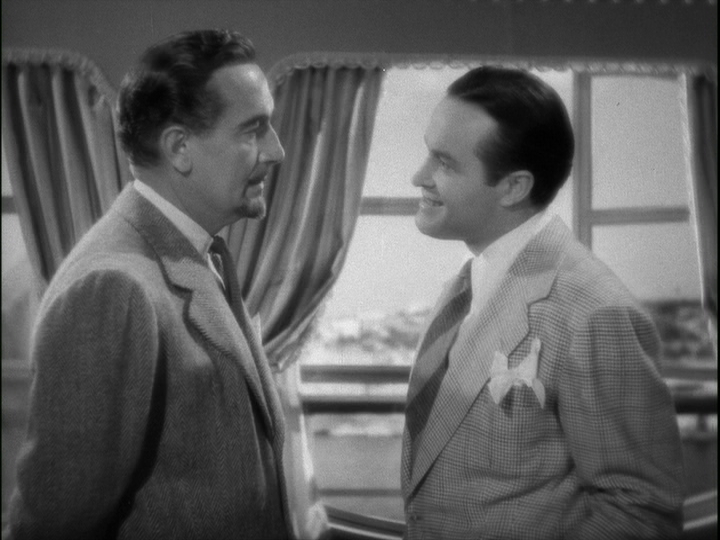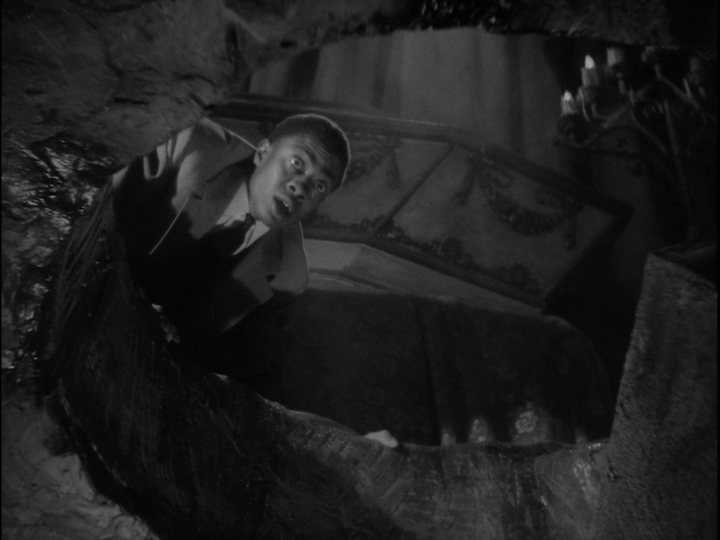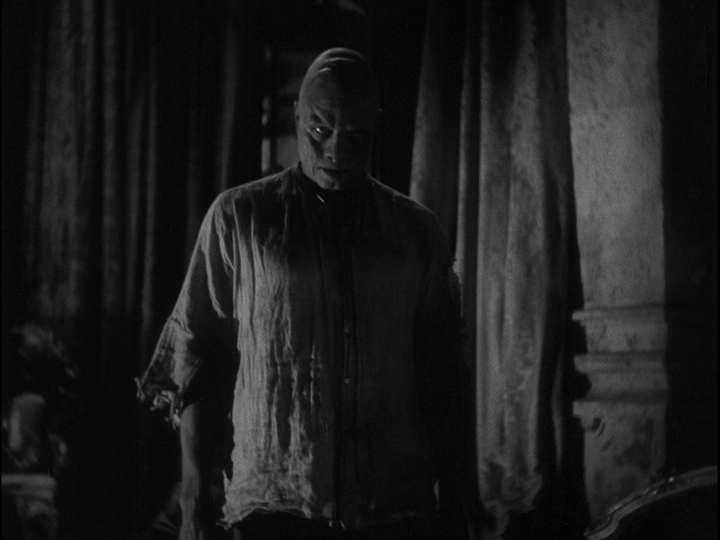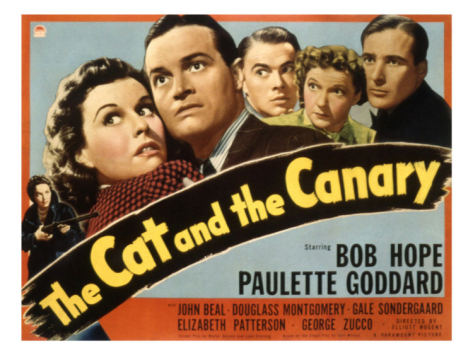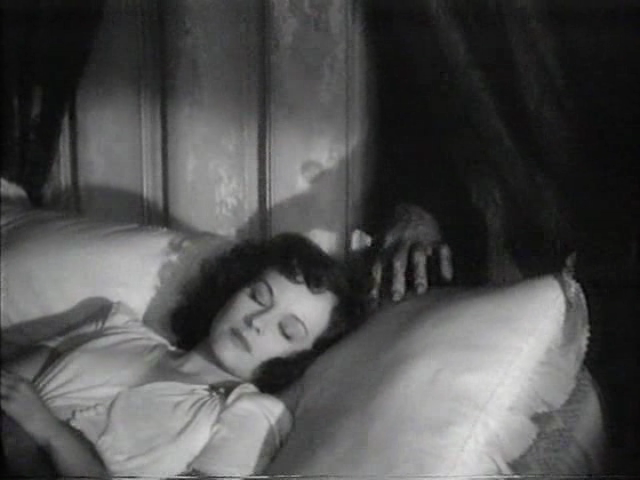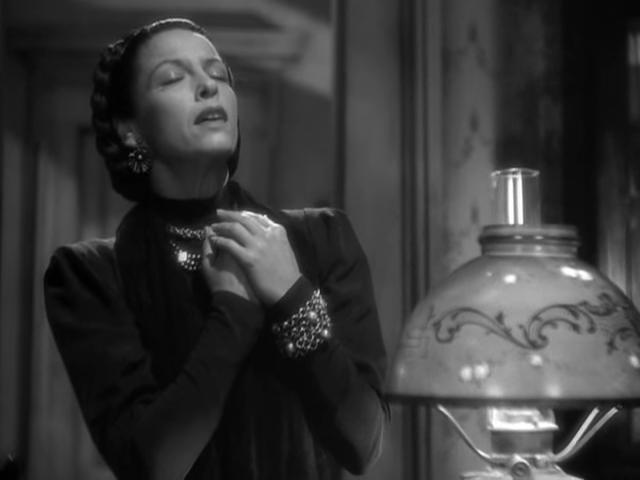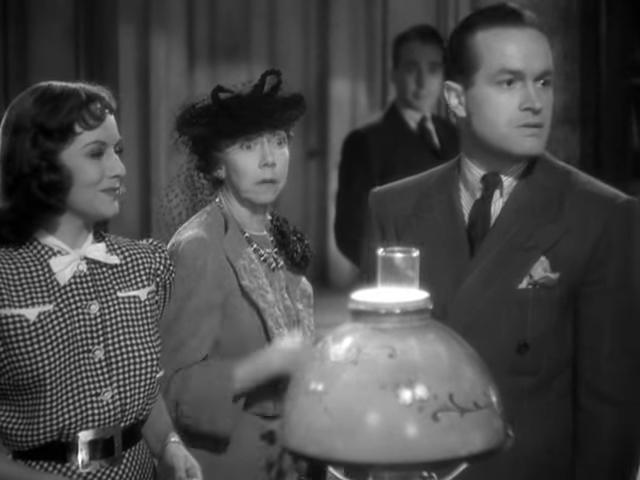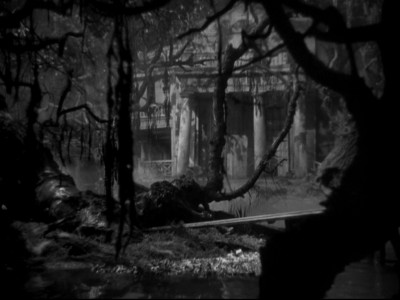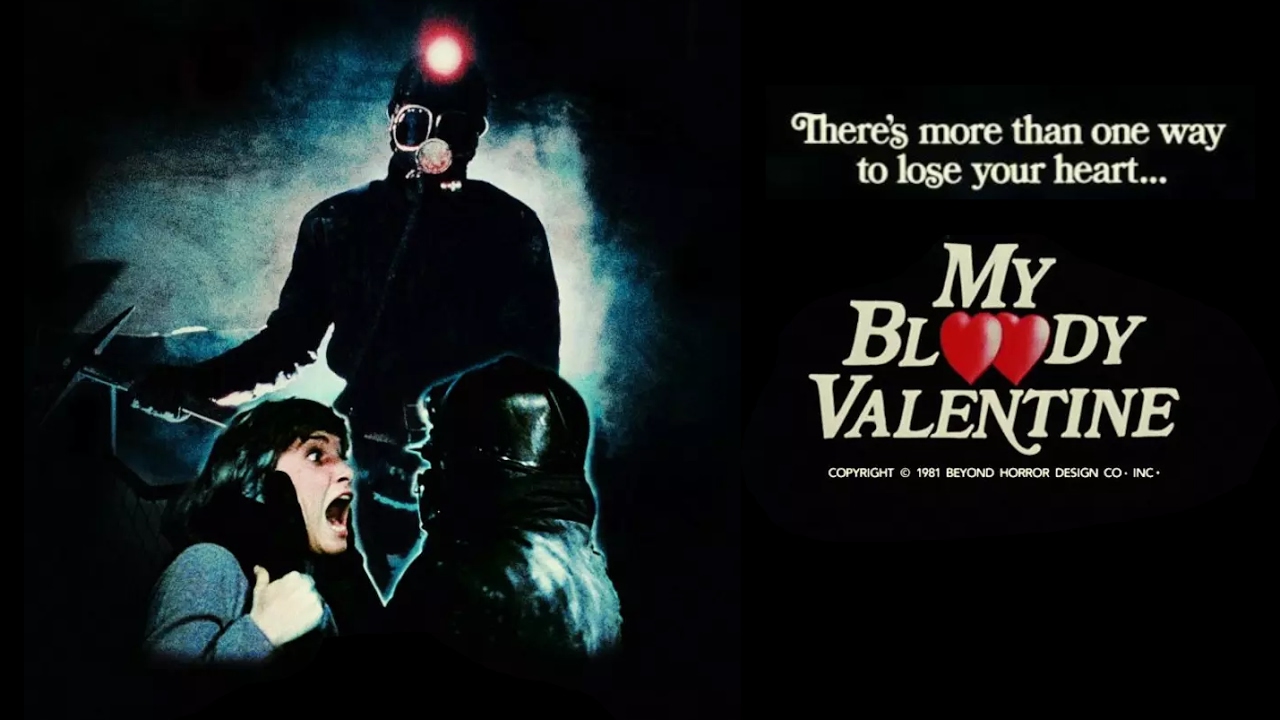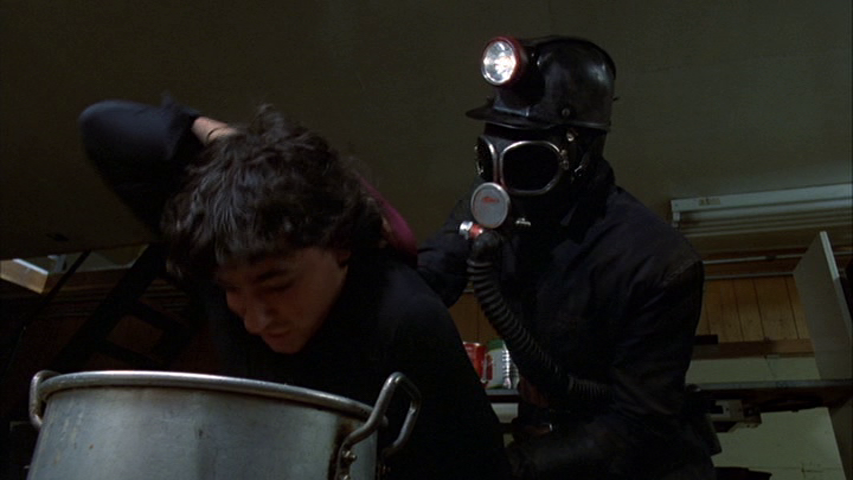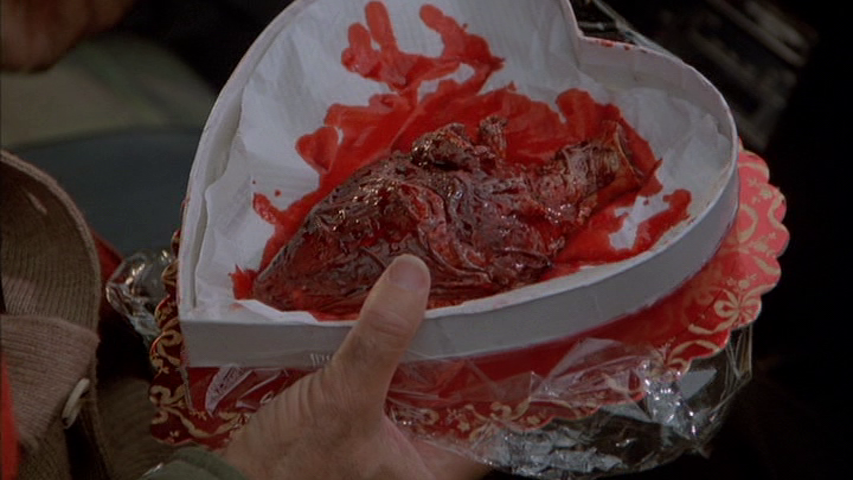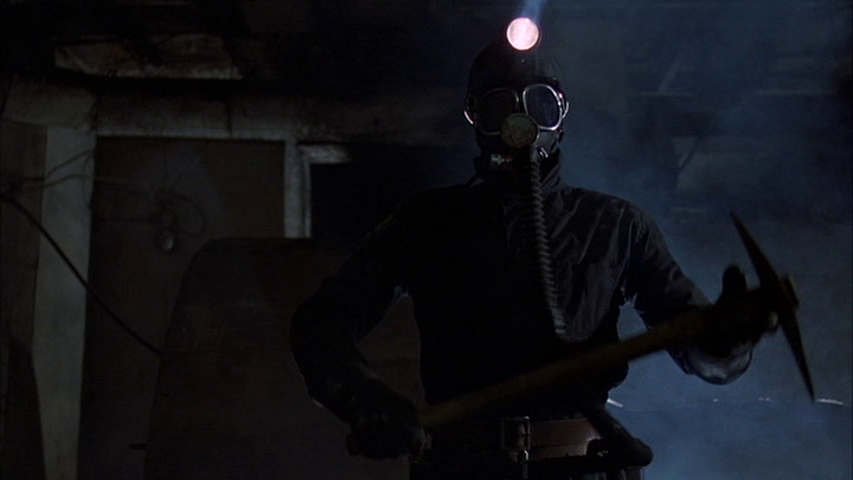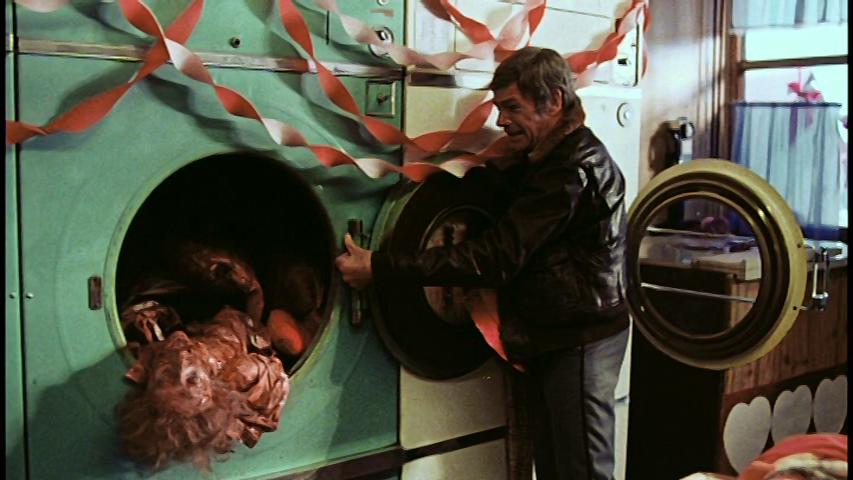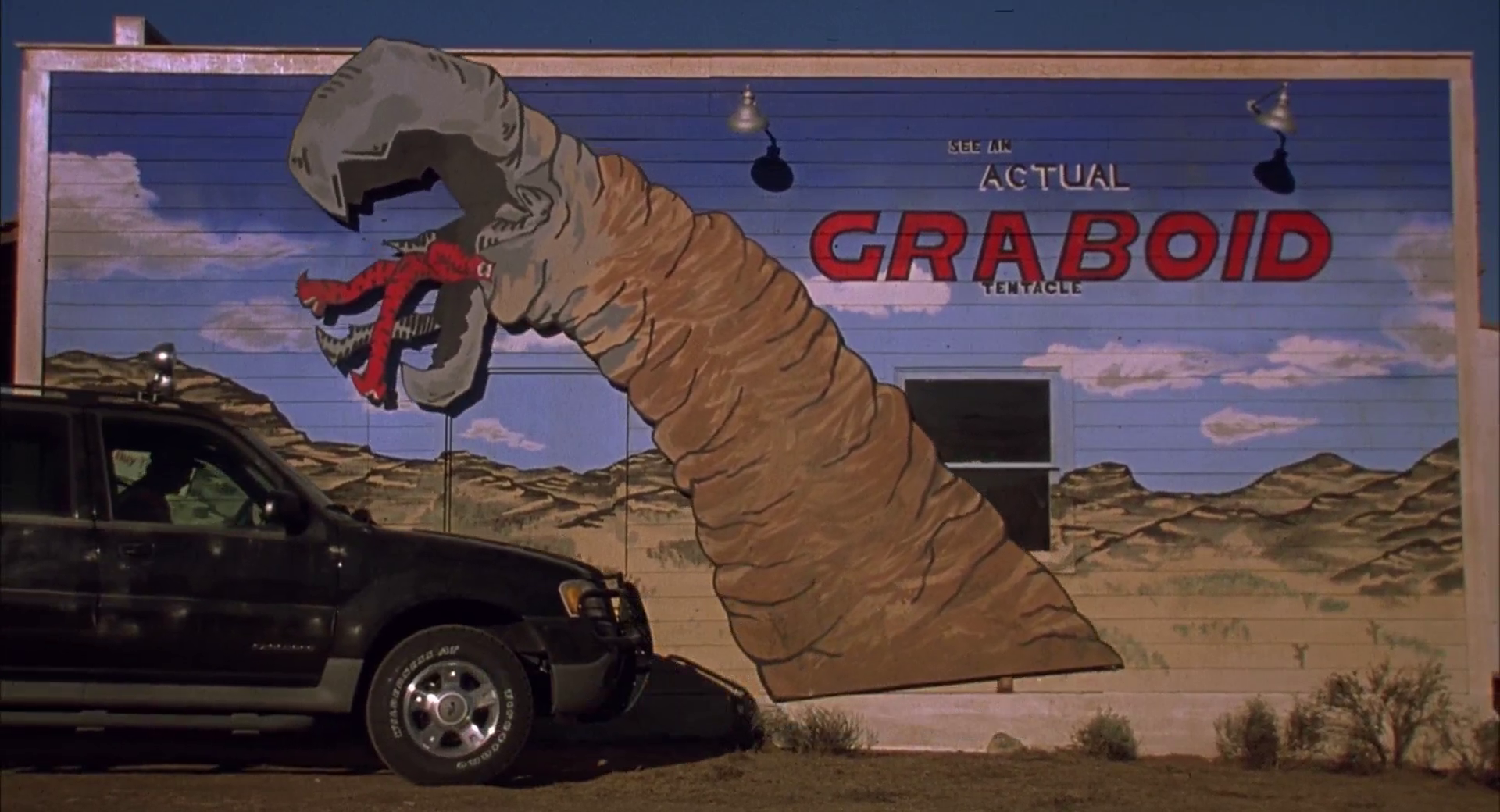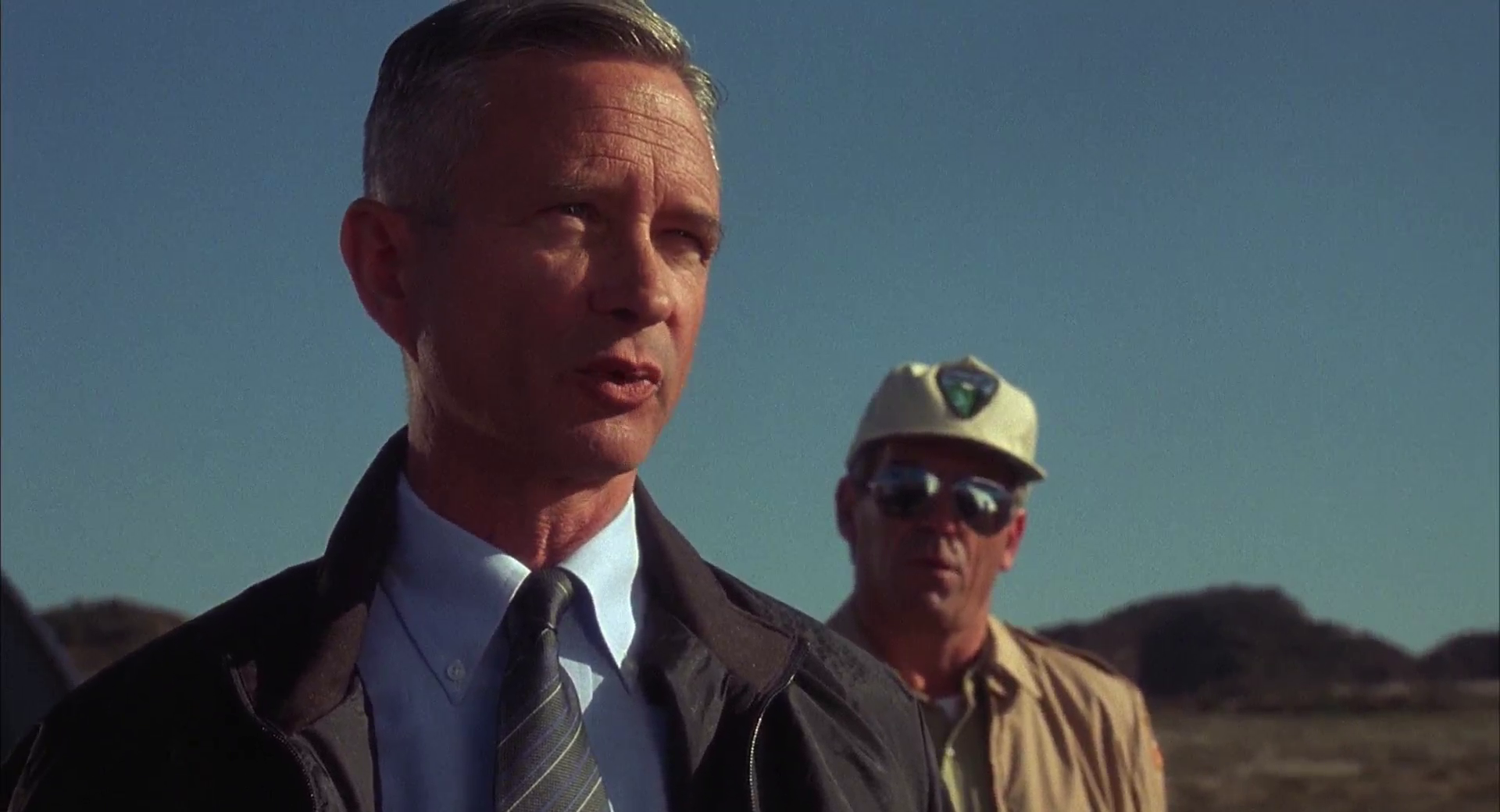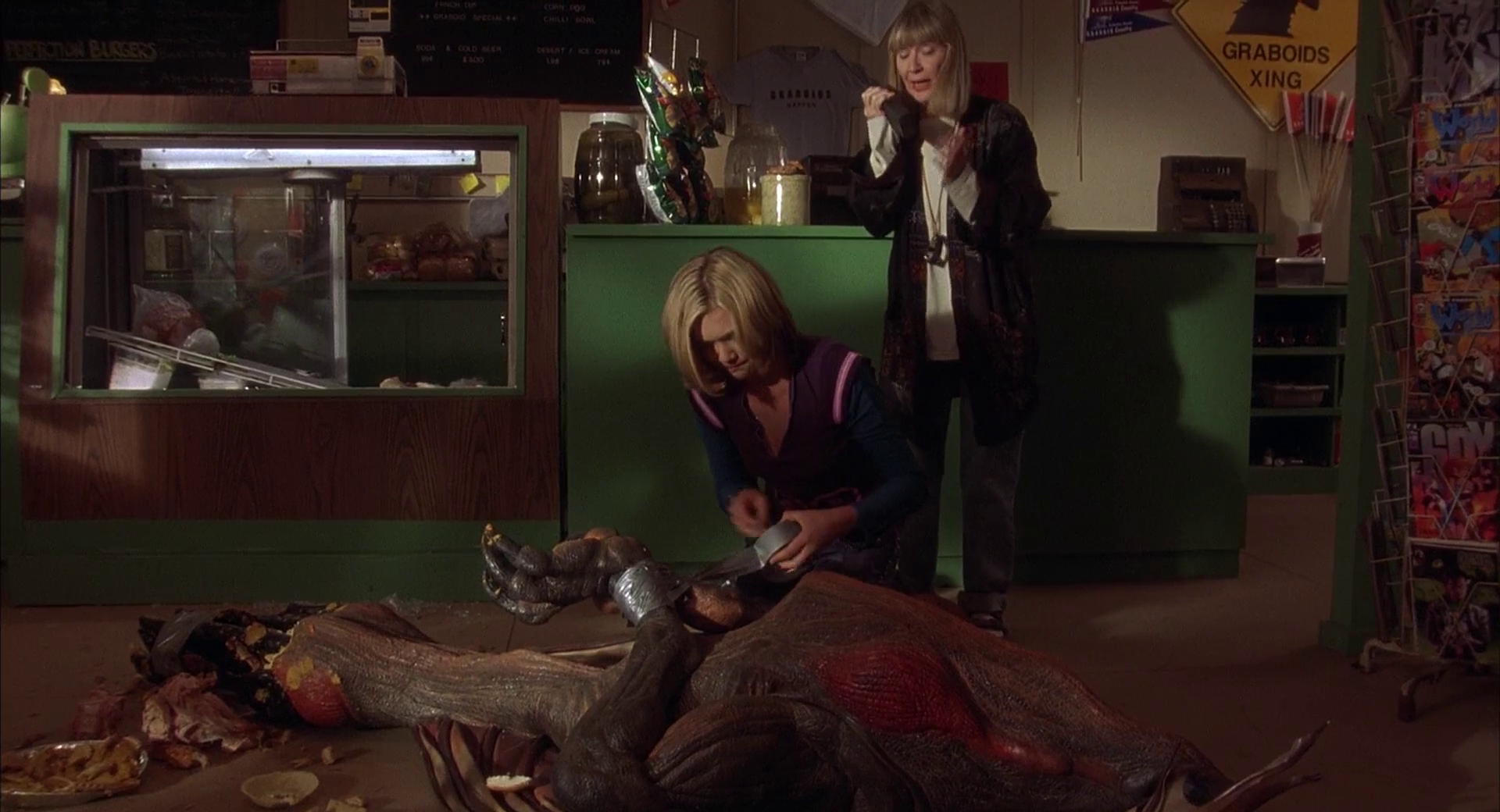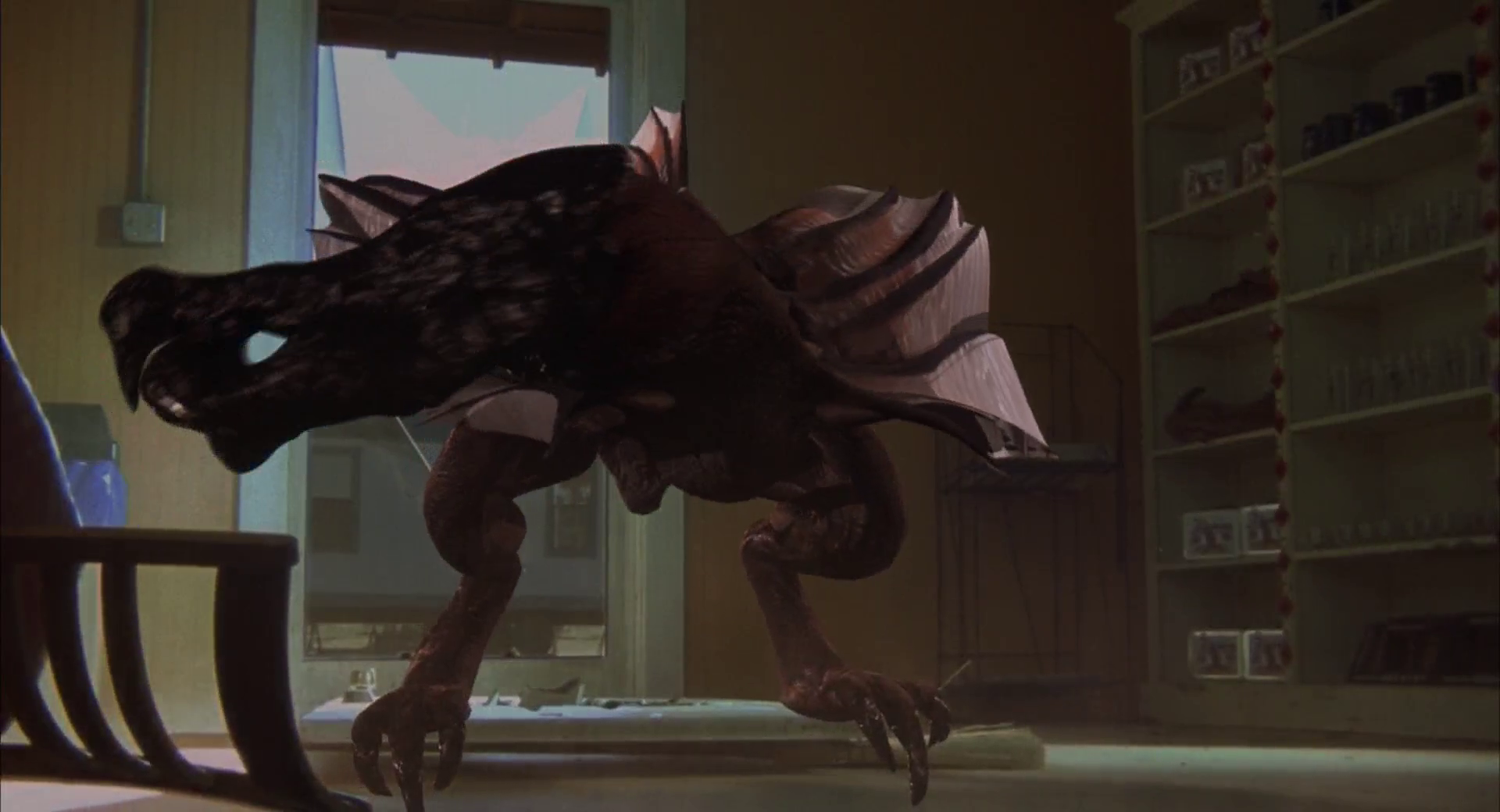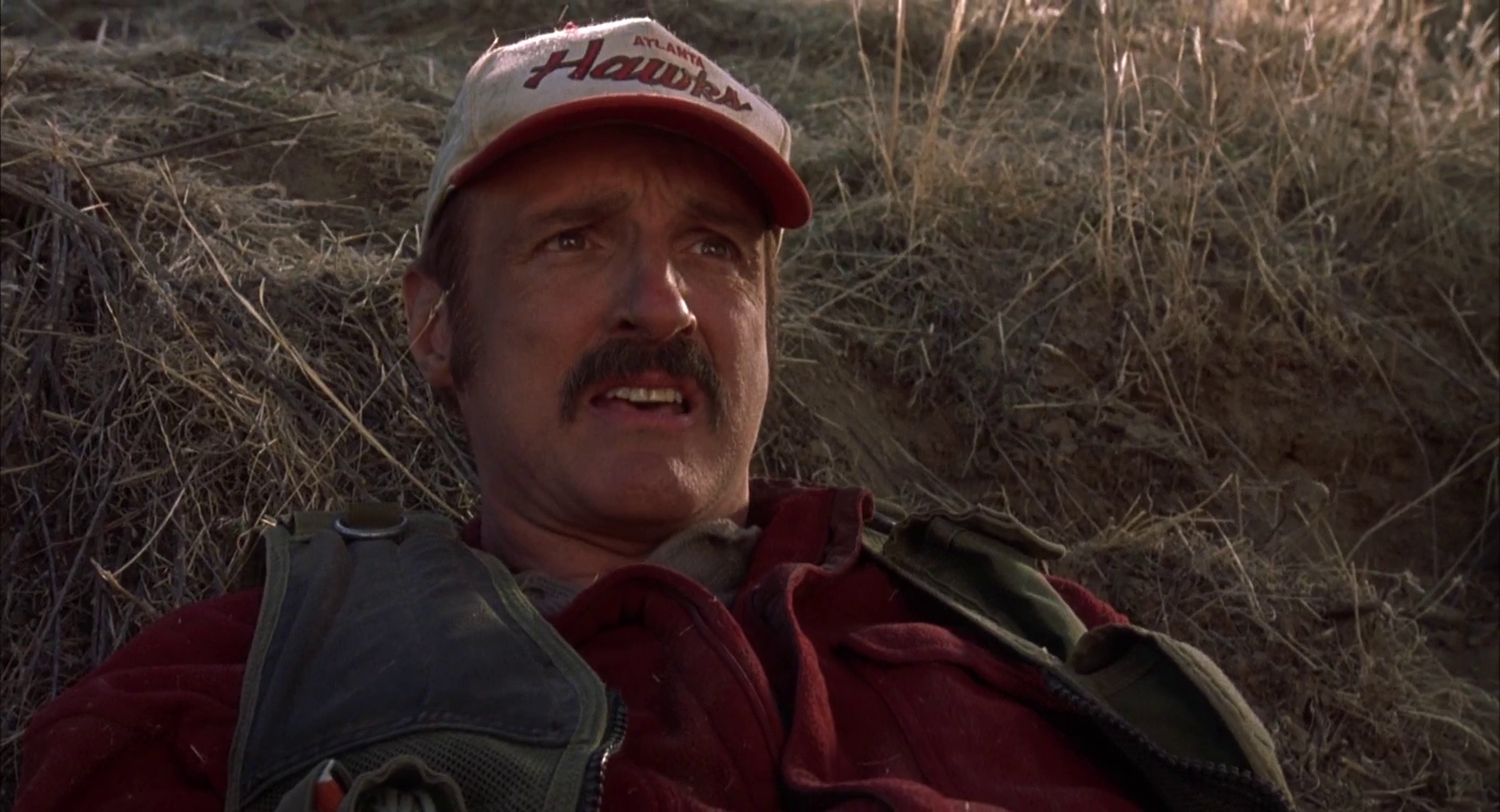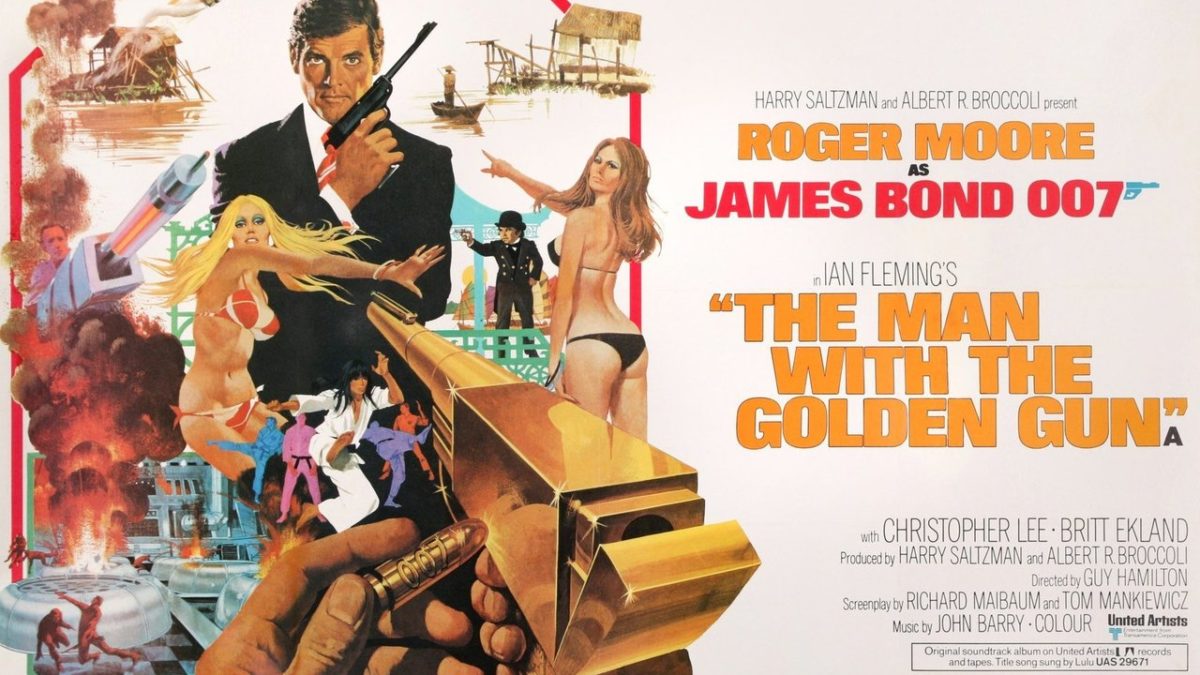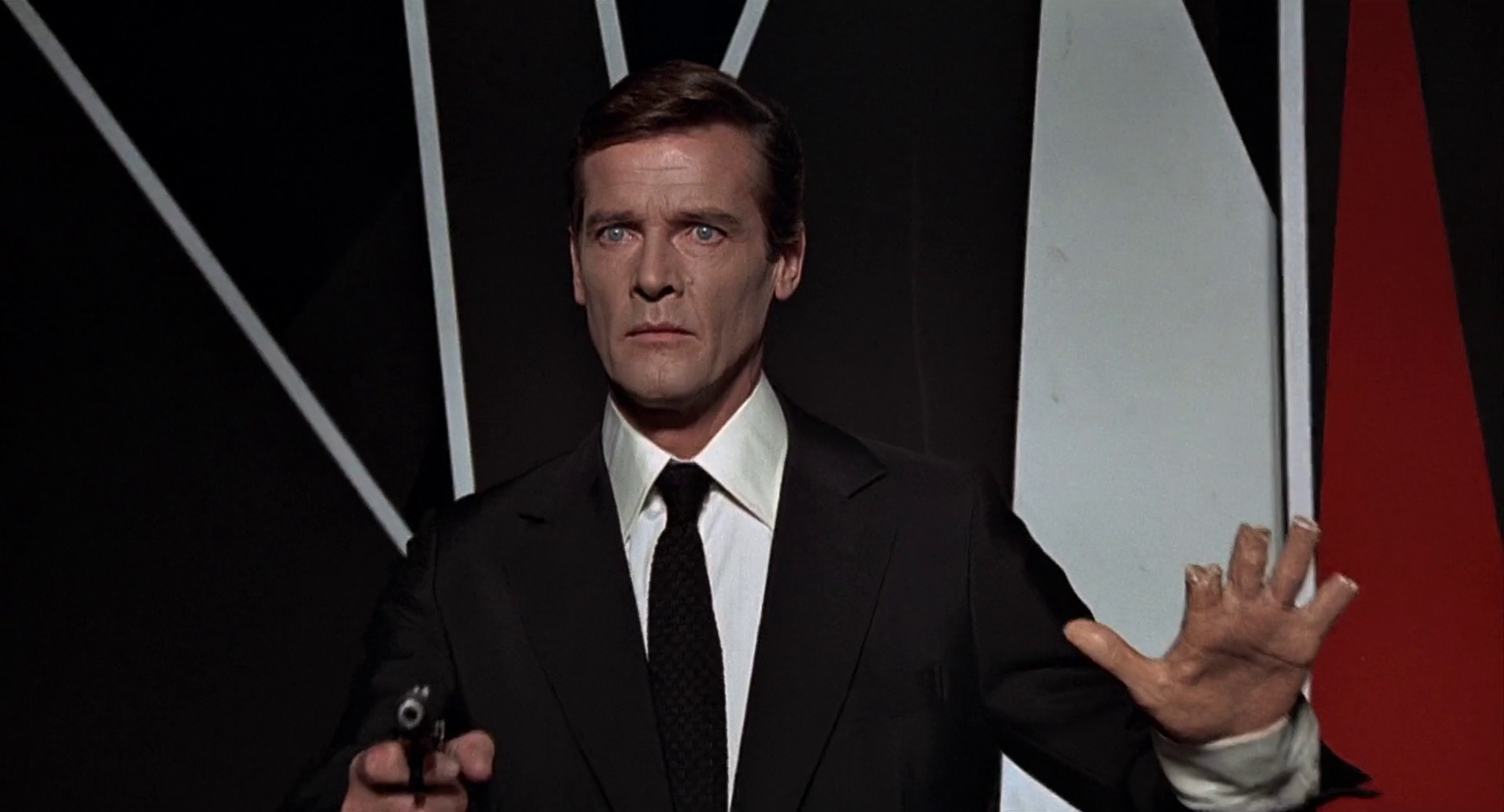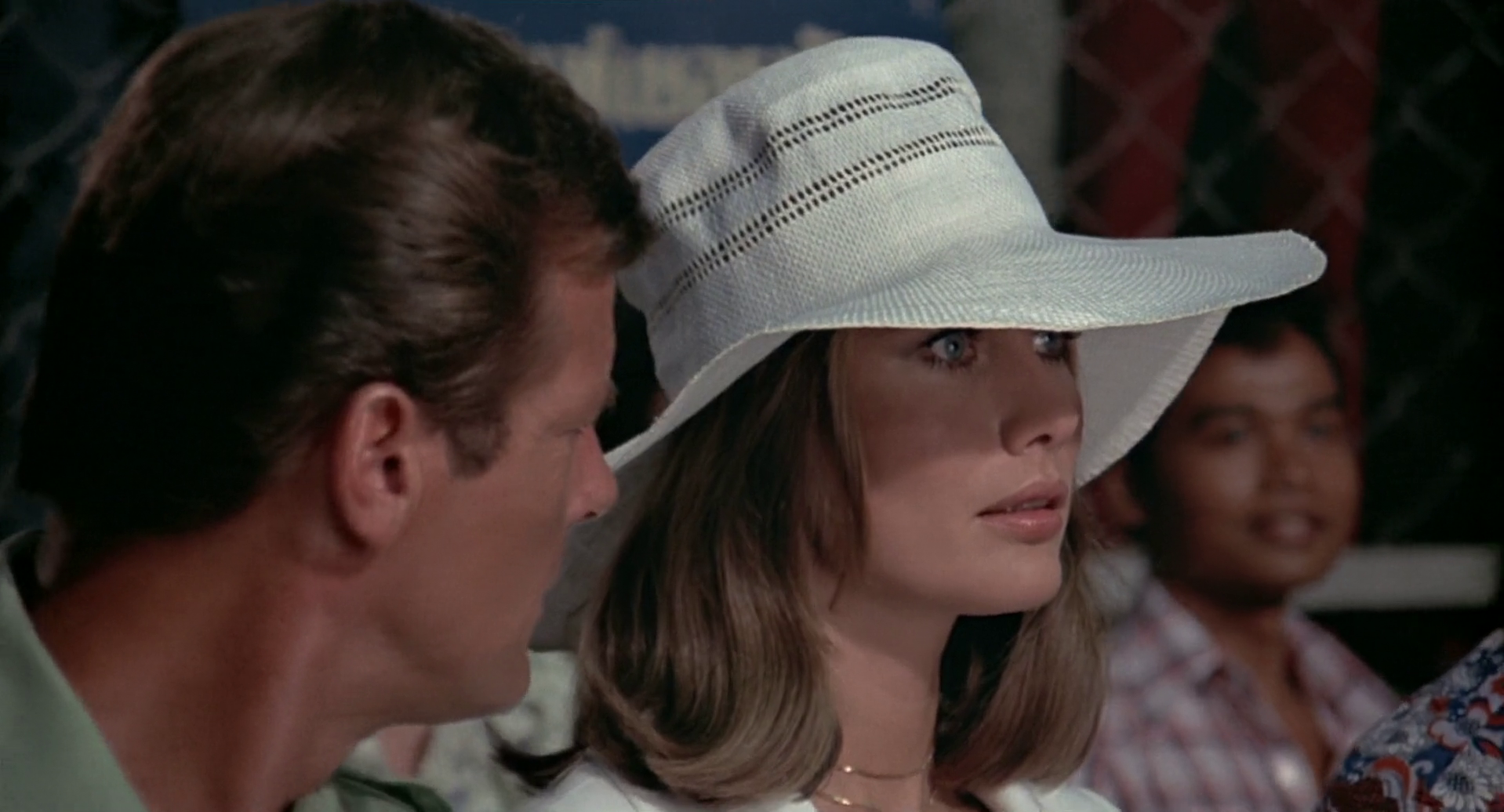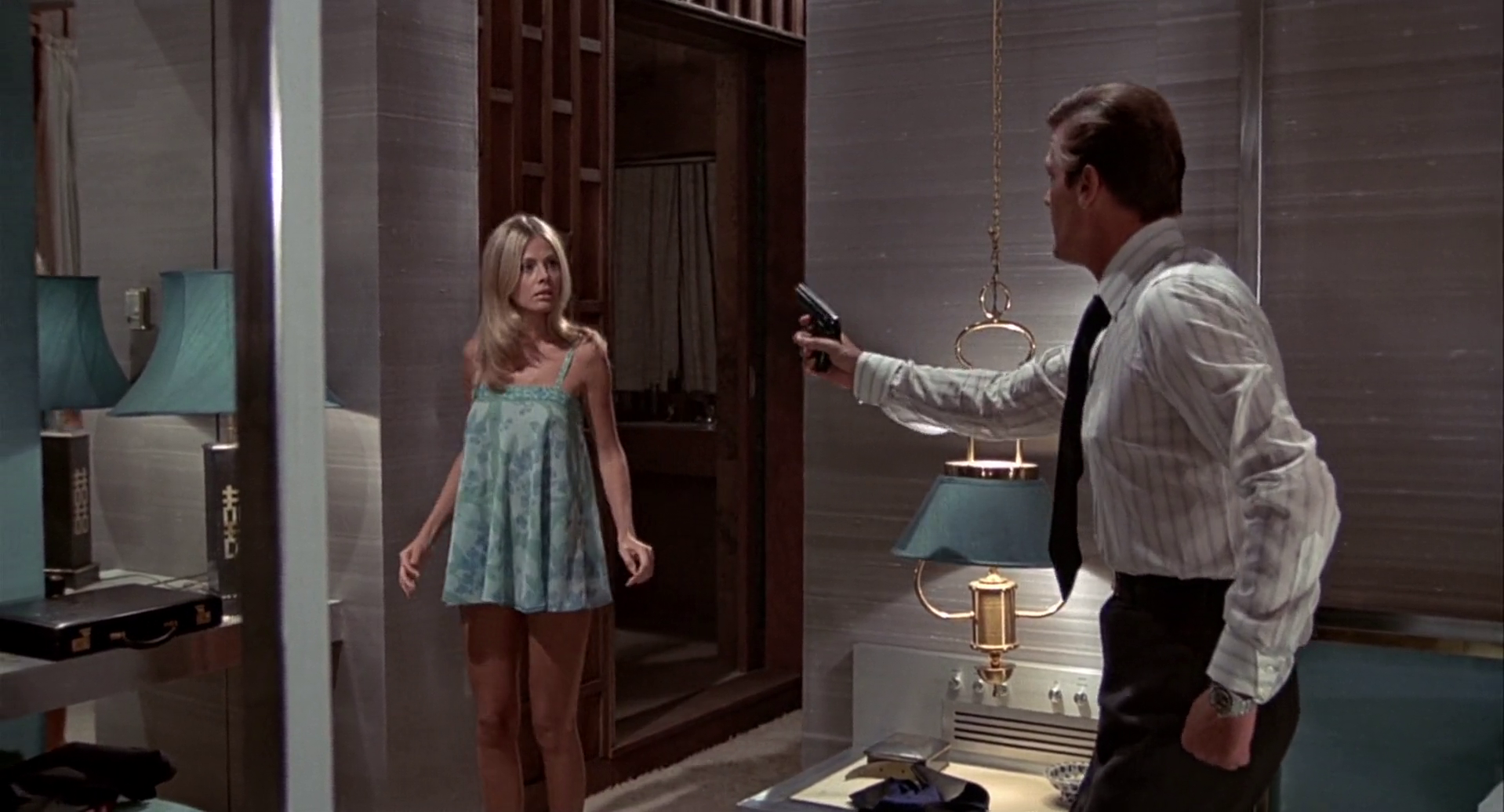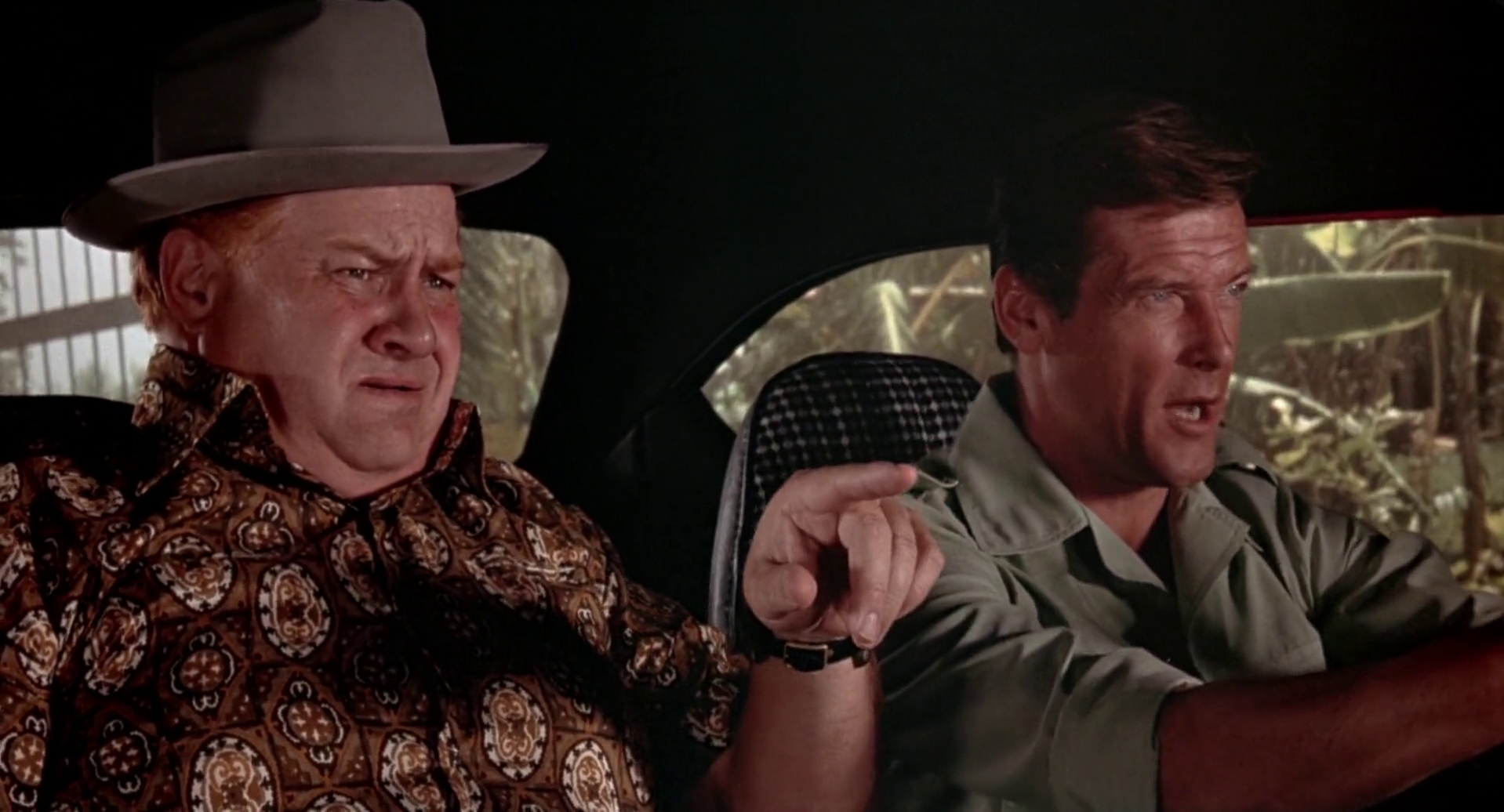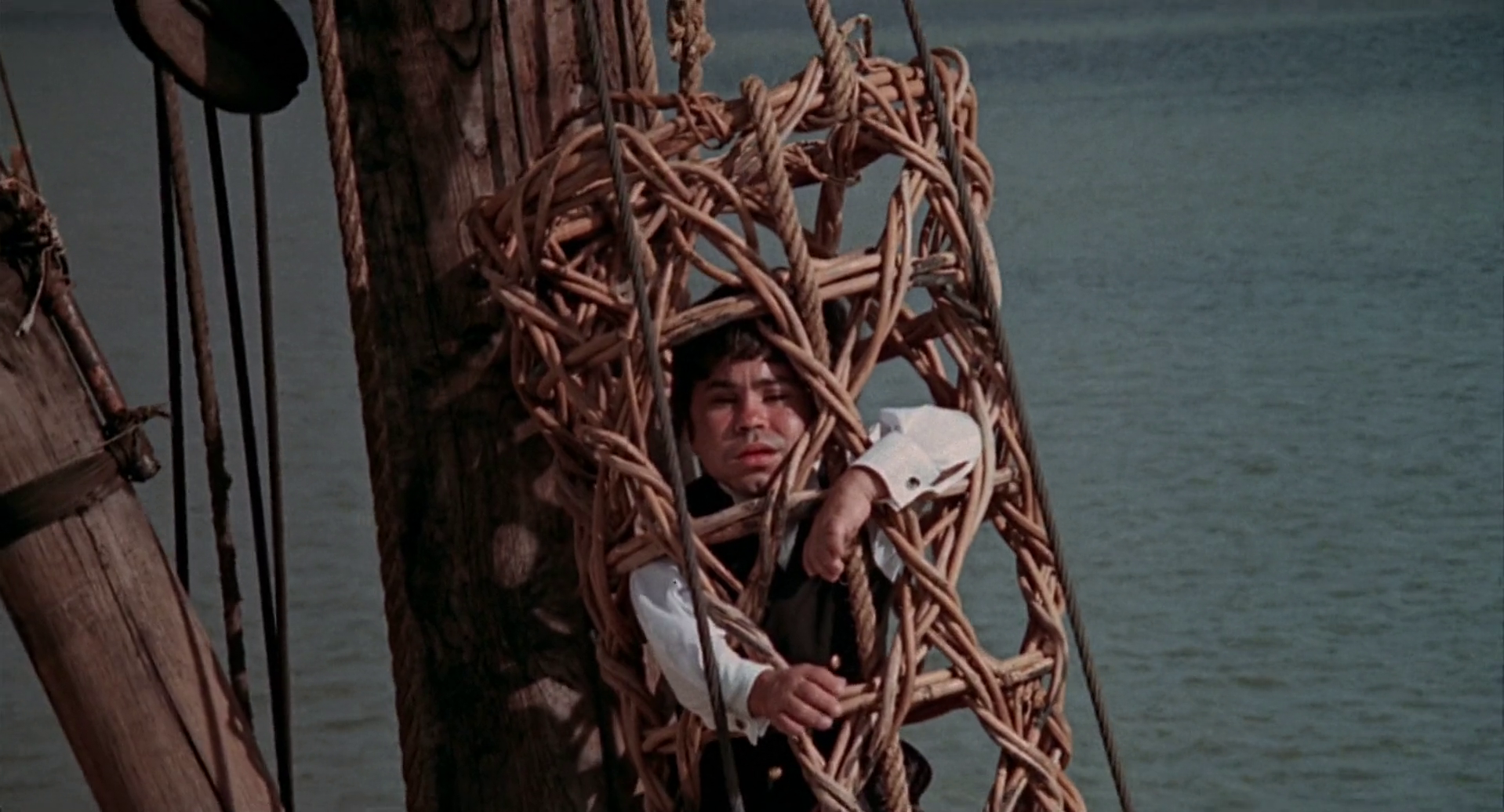When it comes to having a widely varying spectrum of movies no one come close to the range in quality of actor Nicolas Cage, from his Academy Award-winning performance in Leaving Las Vegas to his starring role in the universally panned apocalyptic thriller Left Behind, but in between those peaks and valleys you have such entertainingly bad films like The Wicker Man remake or fun over-the-top action films like Face Off, sadly, Willy’s Wonderland falls closer to Left Behind variety rather than the likes of The Wicker Man or even the over-the-top action flick Drive Angry.
In this particular outing, we find Nicolas Cage embracing the “Crazy Kooky” aspect of his filmography with him playing a “Man with No Name” who while passing through the remote town of Hayesville, Nevada has the tires of his car are blown out by a spike strip which leads to him eventually fighting off evil forces, very weird evil forces. The character is simply titled “The Janitor” but he is clearly playing on the archetype straight out of the classic Western where a lone rider arrives into town, ala Shane or High Plains Drifter, and who then sets things right. In the case of Willy’s Wonderland, it’s not a villainous gunman arriving on the noon train but a collection of animatronic puppets of the Chuck E. Cheese variety and the local townsfolk are covering for a dark secret.
Could that secret be how much they paid Nicolas Cage to star in this?
If you’ve played Five Nights at Freddy’s or watched the 2019 horror film The Banana Splits you won’t find anything new or interesting in Willy’s Wonderland as neither the director nor the writers have done anything more than cut and paste the concept. Not to get too much into spoiler territory – though this thing barely has a plot to spoil – we learn that a group of serial killers operated out of a family-themed restaurant where they would prey on their customers, that is until the law finally arrived and the head serial killer and his minions all committed suicide in a satanic ritual that resulted in their evil spirits possessing the animatronic puppets that made up the restaurants trademark gimmick. If that sounds a tad familiar that would be because that’s the basic premise to the original Child’s Play movie.
"Hi, I'm Willy, and I'm your friend 'till the end! Hidey-ho, ha-ha-ha!"
What makes less sense is the reasoning behind the police and local residents becoming participants in the sacrificing of strangers to this group of creatures that are inhabited by the spirits of bloodthirsty murders. We get some bullshit excuse from Sheriff Lund (Beth Grant) that after Willy's Wonderland was shut down the animatronics continued murdering people around Hayesville until she and a couple of others made a deal with murderous monsters, a deal where they would trick stranded drifters into cleaning up the place, basically offering these poor people as sacrifices, all so that “Willy and Friends” won’t murder the people of Hayesville. The problem here is that we never find out if the Sheriff or any of her compatriots even thought of just bulldozing or burning the place down – something we see the Sheriff’s adopted daughter Liv (Emily Tosta) trying to do at the top of the movie – and it’s not like the town gets any benefits from this arrangement, other than not being horribly murdered, and it would have been so easy for the writers to come up with some kind of demonic pact that the townsfolk were all in favour of, something that would make this hick tow prosper. This is a case of having a “cool premise” and then giving no thought as to how it all works.
“Get me the screenwriter on the line, this movie makes me look like an idiot.”
As for the ever-lovable madman Nicolas Cage, well I’ve seen many actors simply “Phone in” a performance before but here he brings that to a whole new level by not having a single line of dialogue throughout the film’s 90-minute running time. Now, it's claimed that “Nicolas Cage always wanted to give a silent horror performance” but that’s not what we get here, what is on display here is an apathetic character who we watch mop floors, power down energy drinks – that he takes religiously on some sort of schedule – and then he will occasionally open a can of whoop-ass on some animatronic monsters. That the fights themselves are boring and lethargic is the final kiss of death to this film, and all the blood and guts don’t stop Willy’s Wonderland from being a snooze fest.
I’m assuming this is a regular Friday night for Nicolas Cage
Stray Observations:
• Why would Sheriff Lund call in a State Trooper to help monitor the “Red Phone” if someone calling for help has to be ignored as part of their deal?
• Liv leads a group of fellow teenagers to burn down Willy’s Wonderland, but as they all have been aware of the horrors inside for over a decade why is this the first time someone has tried this?
• Nicolas Cage will not deviate from his schedule of cleaning, downing energy drinks and playing pinball, but why? He completely ignores Liv’s warnings about the danger and doesn’t seem to care who gets killed as long as he stays on schedule, and again I ask, why?
• The Sheriff and her co-conspirators never think to check if those they are sacrificing are going to be missed, with the callous haphazard way they handle things this whole enterprise would have been exposed long ago.
• Nicolas Cage kills one of the creatures with his hands cuffed behind his back but then immediately afterwards he snaps the cuffs as if he were Captain America, which raises the question “Why the fuck did he fight with them on if they were so easily broken?”
• I know kids getting killed while having sex is a horror film trope but the teens in this film know that they are in an establishment full of animatronic serial killers so them stopping to have sex isn’t just ludicrous it’s insulting to the audience.
This is what happens when you don’t practice safe sex.
I’m all for dumb and fun horror movies but there has to be at least a modicum of effort put into the script and that clearly didn't happen here and director Kevin Lewis failed to even approach the level of entertainment you'd hope to find in a "bad" Nicolas Cage movie. I could have dealt with the fact that the film never addresses or explains the film’s silent protagonist motivations or his weird quirks but when nothing else made any sense it caused me to quickly lose interest, but hey, if you think Nicolas Cage ripping the wings off of an animatronic ostrich is the height of entertainment then you may enjoy Willy’s Wonderland, I personally found the whole thing to be endless disappointing, which is a shame considering there is nothing more fun than an over-the-top Nicolas Cage.

